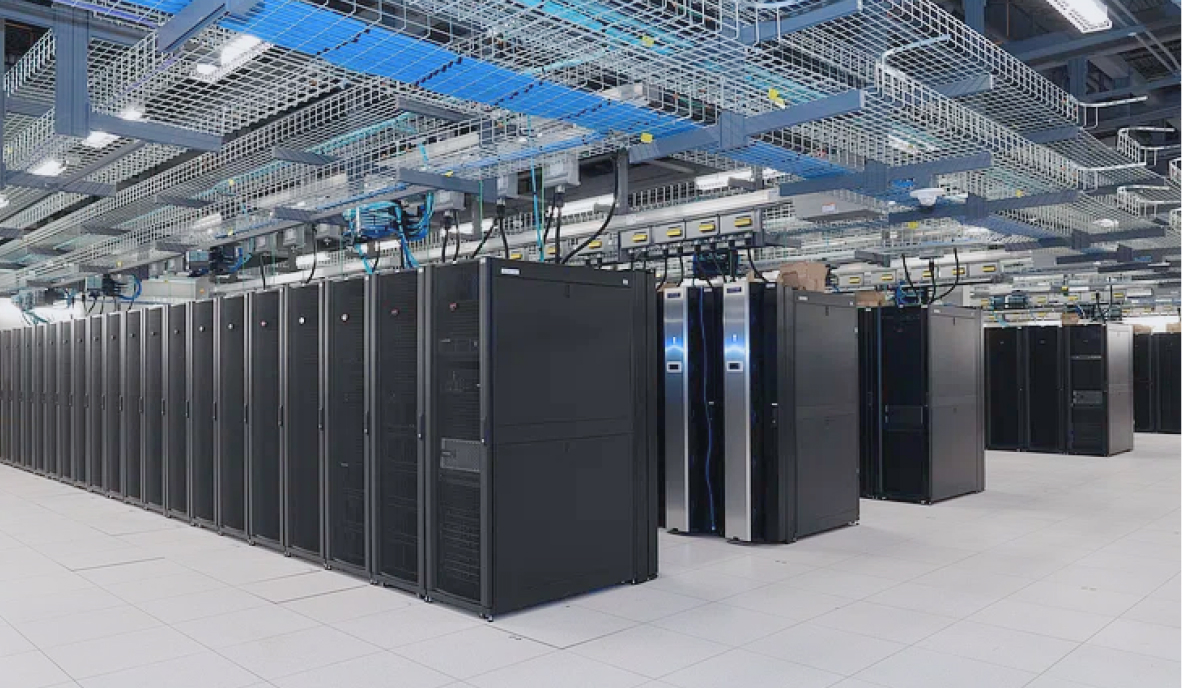Trees Help Us Through the Heat, So Why is Shade a Privilege?

Join the community





Urban cities are made of closely packed buildings and paved surfaces. These concrete structures intensify and trap heat, causing what is known as the urban heat island effect. But we have a nature-based solution to address this problem: trees.
Next time you take a walk in your city, observe the temperature difference between areas with trees and areas without trees. In urban areas, the presence of trees can lead to temperature variations of up to 10 degrees Fahrenheit.
However, just like income and housing, there is also inequality in terms of tree coverage in cities. Wealthier and predominantly white neighborhoods often have more greenery and, in turn cooler temperatures.
Why Do Rich, White Areas Have More Trees?
In the 1930s, certain American neighborhoods were redlined based on race, religion, and immigrant status. This led to limited access to healthcare, mortgages, and infrastructure. Trees were also planted more in wealthier, predominantly white neighborhoods, exacerbating racial and socioeconomic disparities.
The impacts of redlining can still be seen today. 94% of neighborhoods subject to historic redlining have lesser tree cover and are hotter than those that hadn't been redlined. Neighborhoods with people of color have 33% less tree cover than wealthier, whiter neighborhoods, and communities with high poverty rates have 41% less tree canopy than communities with low poverty rates.
These neighborhoods also do not see as many replanting efforts, but tools like Tree Equity Score (TES) can enable the change.
What is Tree Equity Score?
The Tree Equity Score (TES) informs cities about the inequality in tree distribution. Developed by the non-profit American Forests in 2021, TES ensures that all urban residents can benefit from the health and economic advantages that trees offer.
TES considers factors like existing tree canopy, population density, income, employment, surface temperature, race, age, and health and generates a score out of 100 to indicate how close a neighborhood is to having enough trees. For example, Malibu, CA has a TES of 90, while Oildale, CA has a TES of 65.
TES covers all urban areas in the U.S. with a population of 50,000 or more, including Hawai’i and Alaska. Over 260 million residents can find the TES for their neighborhood.
Who Can Use the Tree Equity Score?
Research has shown that in socioeconomically disadvantaged neighborhoods, families tend to see more asthma in their children due to repeated exposure to environmental triggers, like poor air quality and smog. Increasing the tree cover in these neighborhoods can significantly reduce the number of asthma cases.
Neighborhoods that don’t have sufficient tree cover also see more heat-related deaths and illnesses. Streets with tree cover experience a significant temperature drop compared to bare pavements exposed to the sun as trees provide shade and bring moisture back into the air, cooling their surroundings. Recent studies have demonstrated that tree cover in cities can reduce air temperature by up to 14.4°F and land temperature by up to 21.6°F.
Urban land-use planners can utilize TES to decide where and how to plant trees to create tree equity in cities and provide maximum benefit to all communities. They can also monitor the progress of their green infrastructure initiatives by keeping a tab on the TES.
If you’d like to observe the impact of tree planting in your location, check out this free tool.







.jpg)




